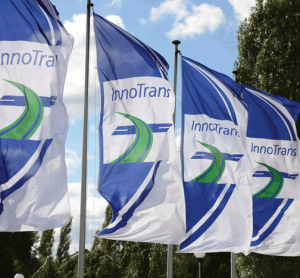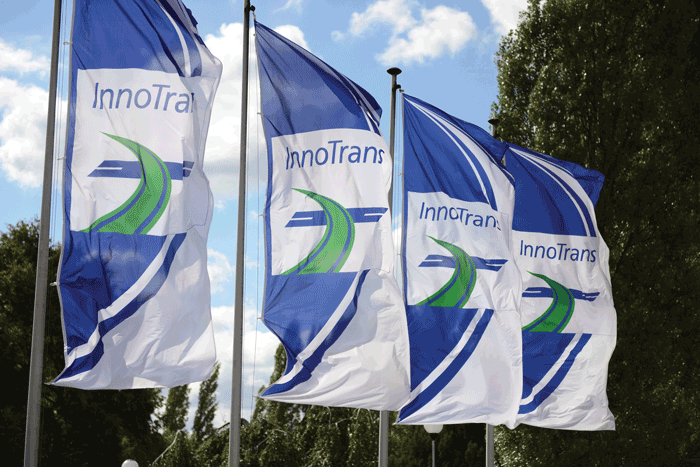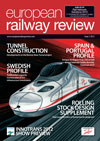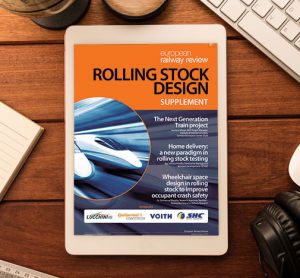The FIF in the new French railway environment
27 November 2012 | By Jean-Pierre Audoux, Director General, the French Railway Industry Association (FIF)
My article in Global Railway Review Issue 6 2011 outlined the prospect of a French railway system reform. This subject is still at the forefront of discussions within the industry and so constitutes the main topic of this article. This agenda must be viewed against the backdrop of a very…








